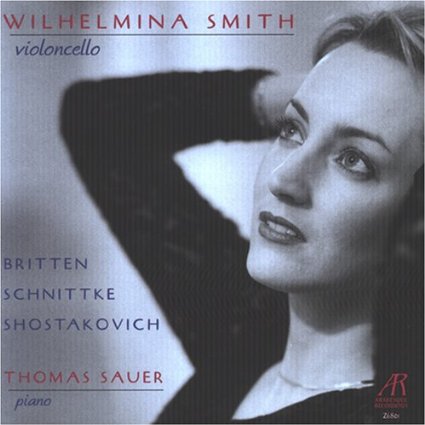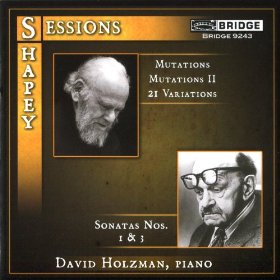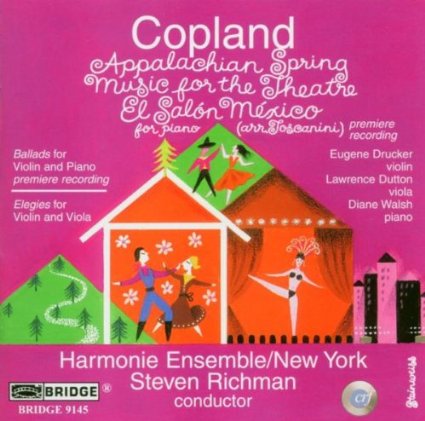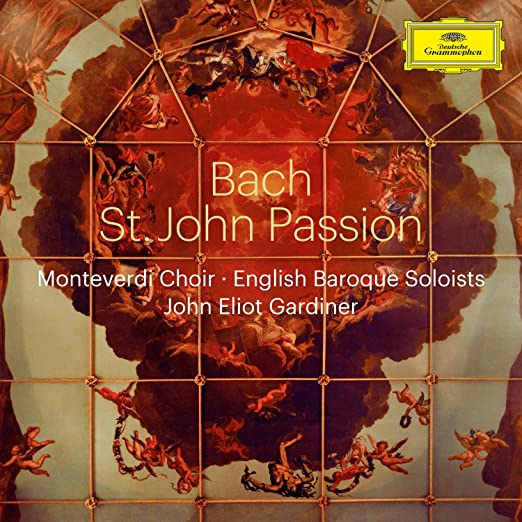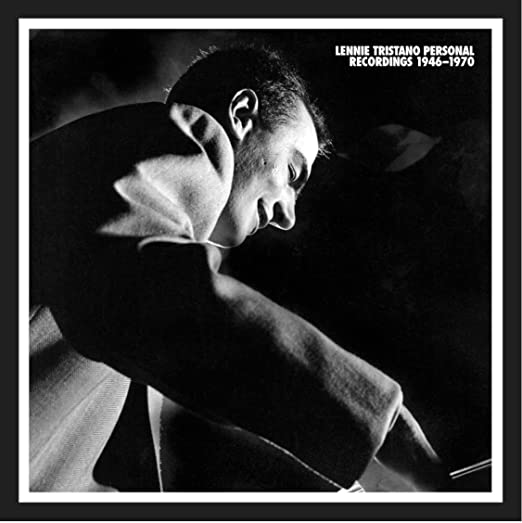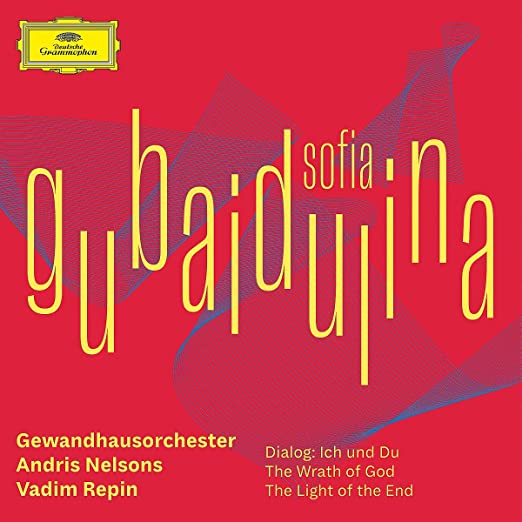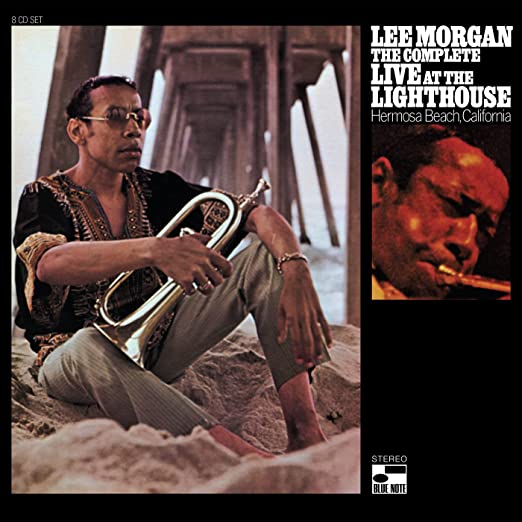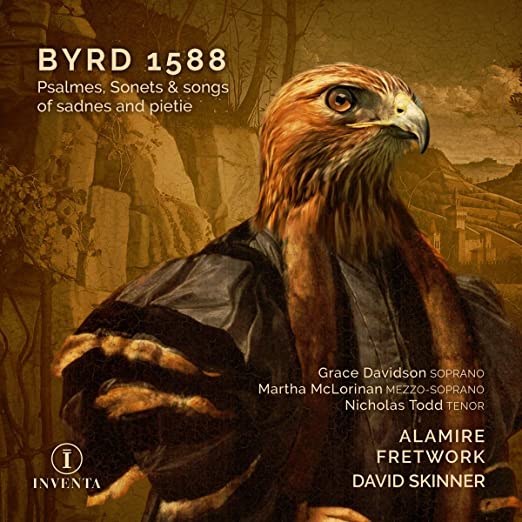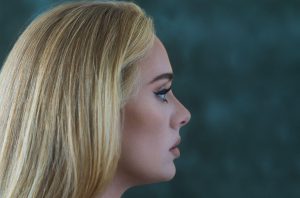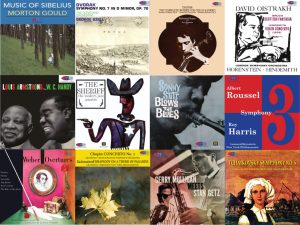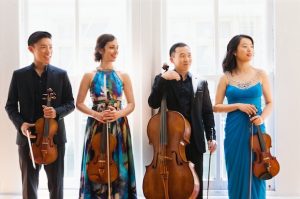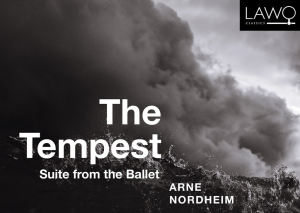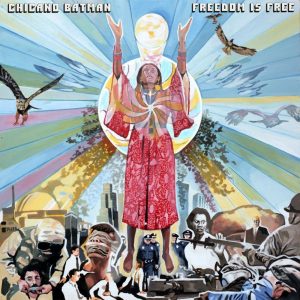Wilhelmina Smith, Cello. Britten, Schnittke, and Shostakovich. Thomas Sauer, piano. Arabesque 26801.
I had known of Wilhelmina Smith since her career began in the 1990's, knew especially that she played on the wonderful Arabesque album of Copland's chamber music. But I did not know until recently that she had also made a recording as lead. She is one of those musicians highly respected and sought after in the profession but who has yet to receive much media attention. Based on what I heard from her here in Amherst this fall as part of the Artymiw-Keefe-Smith Trio and on talk of a forthcoming album premiering the solo cello music of Esa-Pekka Salonen, some attention may be coming.
This 2006 recording of twentieth century cello sonatas tells the same story. It's been on my CD player for several weeks now—can't seem to get it off. I wouldn't be surprise if it’s her performance of the Schinttke Sonata No. 3 for Cello and Piano that caught Salonen's ear as he looked for the right soloist. Her marriage of forcefulness and beauty here is extraordinary. She maintains the composer's stark aesthetic but somehow humanizes it. The overall effect of her playing is a sense of added depth. To my ears, Smith gets closer to the works’s Russian qualities than we are used to hearing. We hear the same in the solo sonata.
Smith plays the Britten Sonata for Cello and Piano with the kind of boldness and edge we expected from the Schnittke works, giving it wonderful passion and emotional weight.
I guess I'm the last listener to get to this album...glad it's still available, as you will be.
Bridge Recordings of Modern American Music, Part I
This is music, with the possible exception of some of the Copland, that you are unlikely to hear in a concert hall or, for that matter even on FM radio. For that reason alone, it is music that justifies having a good audio system in your home: Wolpe, Wuorinen (to follow in Part II), Sessions, and Shapey —a student of Wolpe, and Copland. I blew Sessions' and Wolpe's horns last time out...and then went digging around in the rich Bridge Records catalog for more. Bless Bridge for recording this music: How seldom these days do we find an enterprise, especially in this country, willing to keep such rich and rare corners of music history alive. Surely there can be little or no profit in such a cause.
Sessions & Shapey. Sessions: Sonatas Nos. 1 and 3; Shapey: Mutations, Mutations II, 21 Variations. David Holzman, piano. Bridge 9243.
Sessions & Shapey gives us fine samples of first and second generation American modernism for solo piano. Roger Sessions' Piano Sonatas Nos. 1 and 3 are eloquent examples of early and mid twentieth century neo-classicism: crisp, complex, dynamic, rhythmic. As I wrote in my recent review of his music, there is a lyric quality running through his modernism that will identify it for most of us as American. He can't seem to let it go, though we do sense some resistance, especially in Sonata No. 1 (1930). Sonata No.3 (1964-65) is more single minded. Freer, bolder, more antic. Here much of its American quality lies in his rhythmic playfulness—Gershwin lives in the shadows, along with Ives' Concord Sonata. But they do stay in the shadows: this sonata has a strong clear identity of its own. Its dissonance dances with eloquence and power.
Second generation modernist Ralph Shapey (1921-2002) works with large, bold blocks of color and lots of white space. There are three of his works on the album composed a decade apart between 1956 and 1978, though there is nothing we can hear to mark the passing of time or evolution of his style. This is music the late (d. January 5, 2016) Pierre Boulez, dean of modernism, would have welcomed. It makes no reference to any national style or musical tradition. It is music that insists on the artistic possibility of simply being. We need to know him.
Copland, Appalachian Spring (suite), El Salon Mexico for Piano, Music for the Theater, Ballads for Violin and Piano, Elegies for Violin and Viola. Eugene Drucker, violin; Lawrence Dutton, viola, Diane Walsh, piano. Harmonie Ensemble of New York, Steven Richman, conductor, Bridge 9145.
Aaaron Copland (1900-1990), the fountainhead of twentieth century American neo-romanticism, is also the country's greatest composer by most measures that matter. This 2004 album provides a generous sample of his oeuvre. The opening work, Music for the Theatre (1925), and Toscanini's piano transcription of the composer's brilliant, syncopated masterpiece, El Salon Mexico (1942) will tell you all you need to know about where Leonard Bernstein came from.
Two Ballads for Violin and Piano (1986) ripped with the composer's blessing from an unfinished violin concerto (1957) by musician friends, give us the sweet side of Copland's palette. Delicious but with just enough chromatic flavoring to keep them modern; and the Elegies for Violin and Viola (1932) are more of the same, the timbre of the viola mitigating some of the purity of the violin. Both of these works capture the unique balance between bitter and sweet that is the essence of the composer.
All of this music comes across to us as a preamble to Copland's masterwork, Appalachian Spring, performed here in its original version for chamber orchestra, albeit in its Suite form. Copland here is Winslow Homer's watercolors, romantic art whose crisp energy, rhythm, and use of contrast defies all attempts to call sentimental the sense of innocence and simplicity that lies at this work's heart. It has simplicity like Thoreau's—as in not at all. It is about simplicity: the gift to be simple. In the sparer chamber version, which by nature provides more instrumental clarity, this music dances more poignantly than in the richer and fuller version for full orchestra. Woodwinds keep the strings from seducing us too easily. Copland clarinets, often guarded by a bassoon, doubled by a flute, can break your heart.
If you are new to Copland—who could be?—this album along with The Chamber Music of Aaron Copland from Arabesque are a fine place to begin. Many fine musicians here, including half of the Emerson Quartet!
Equipment used for this audition: Resolution Audio Cantata CD player; Blue Circle BC 107 solid state preamplifier & NSL 28 watt solid state amplifier, JM Reynaud Offrande Supreme, V2 loudspeakers; Audio Note OTO Signature 10 watt single ended integrated amplifier, K/SPx SE loudspeakers. Crimson interconnects and speaker cable; and Volex power cables.
Bob Neill, a former equipment reviewer for Enjoy the Music and Positive Feedback, is proprietor of Amherst Audio in Western Massachusetts which sells equipment from Audio Note (UK), Blue Circle (Canada), Crimson (UK), Jean Marie Reynaud (France), Resolution Audio (US), and Tocaro (Germany).




